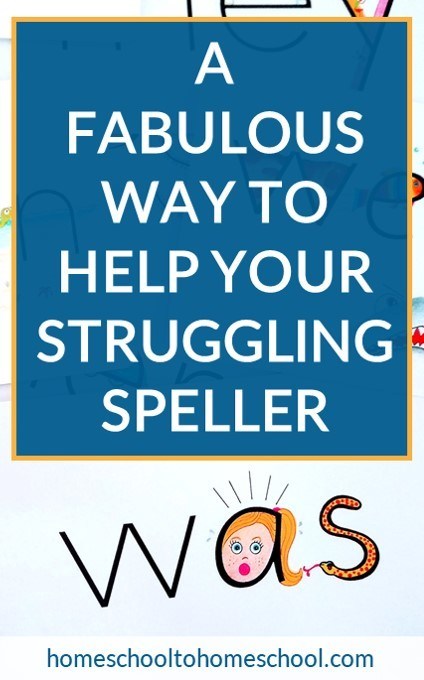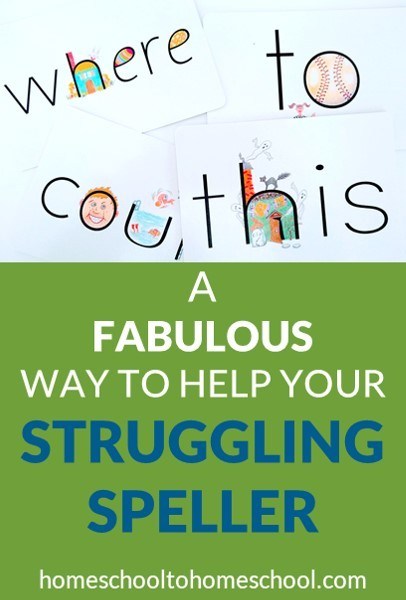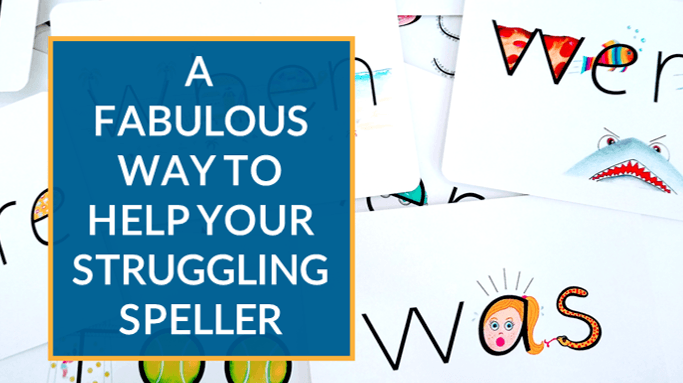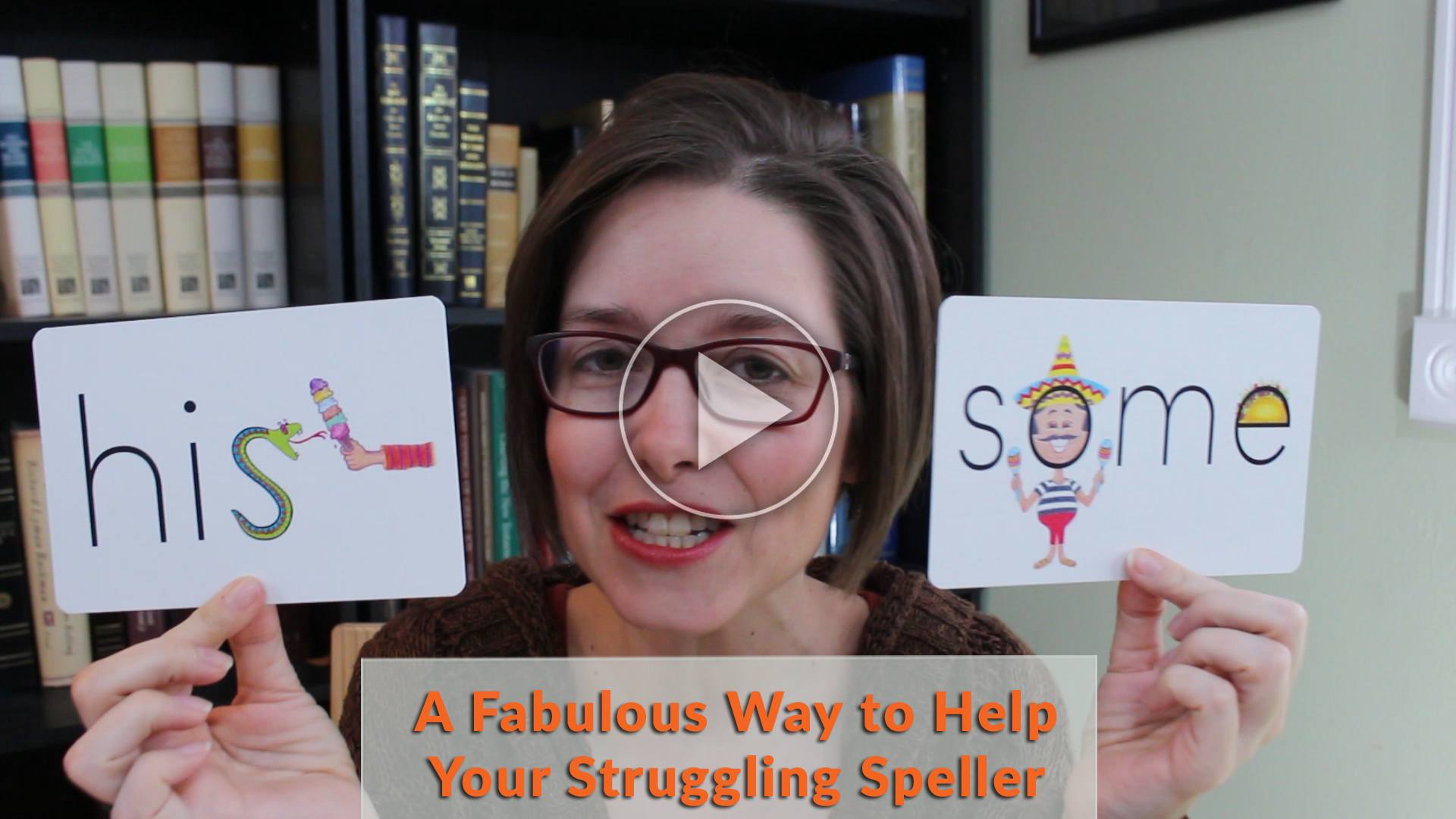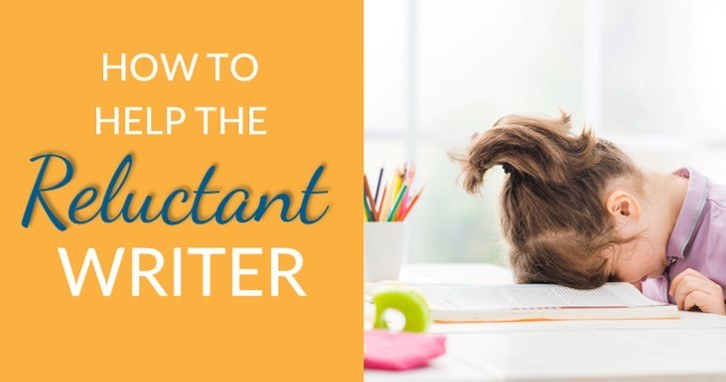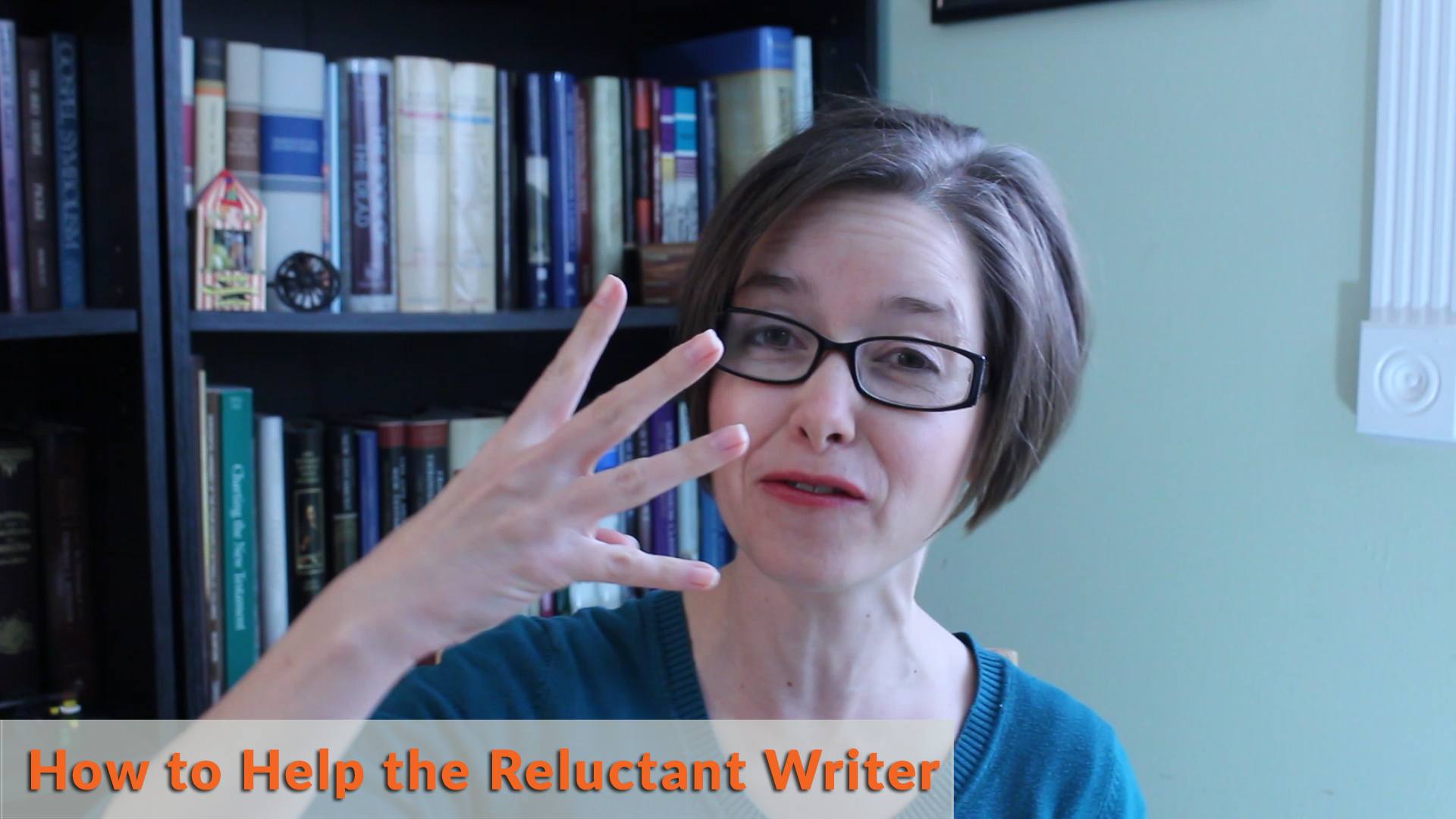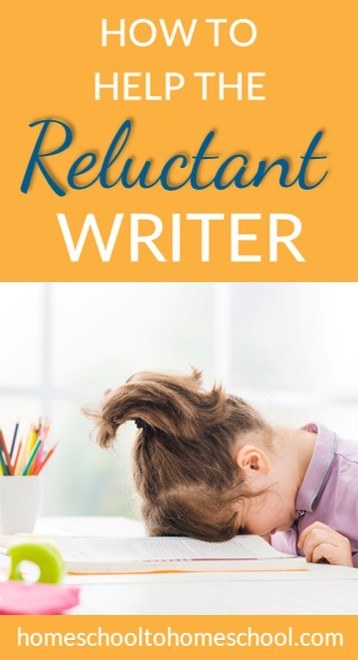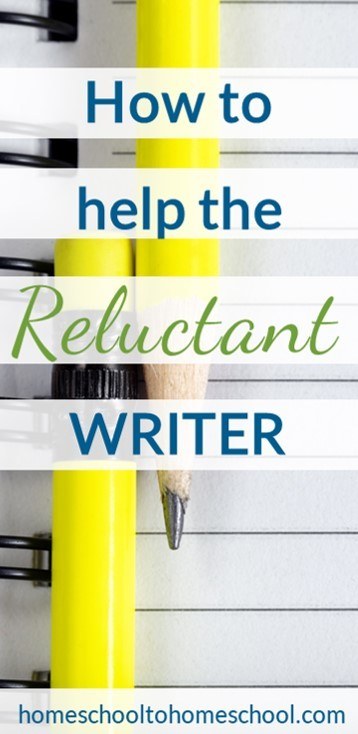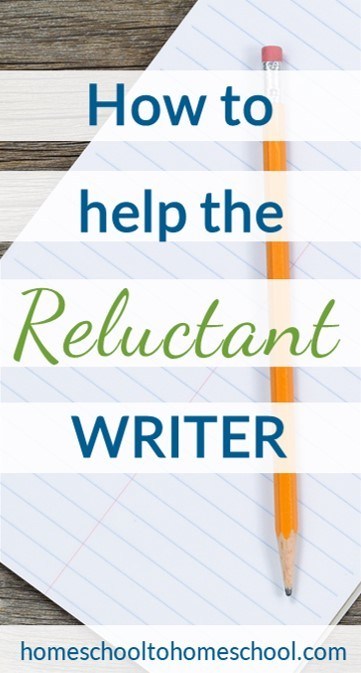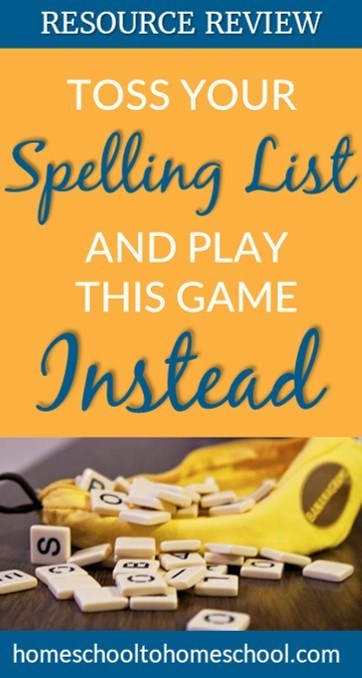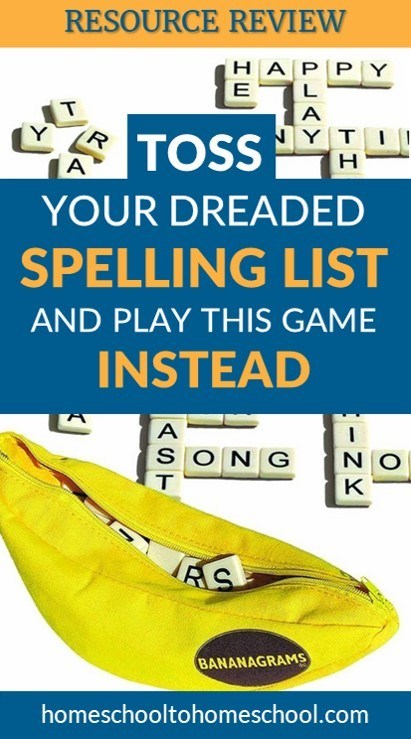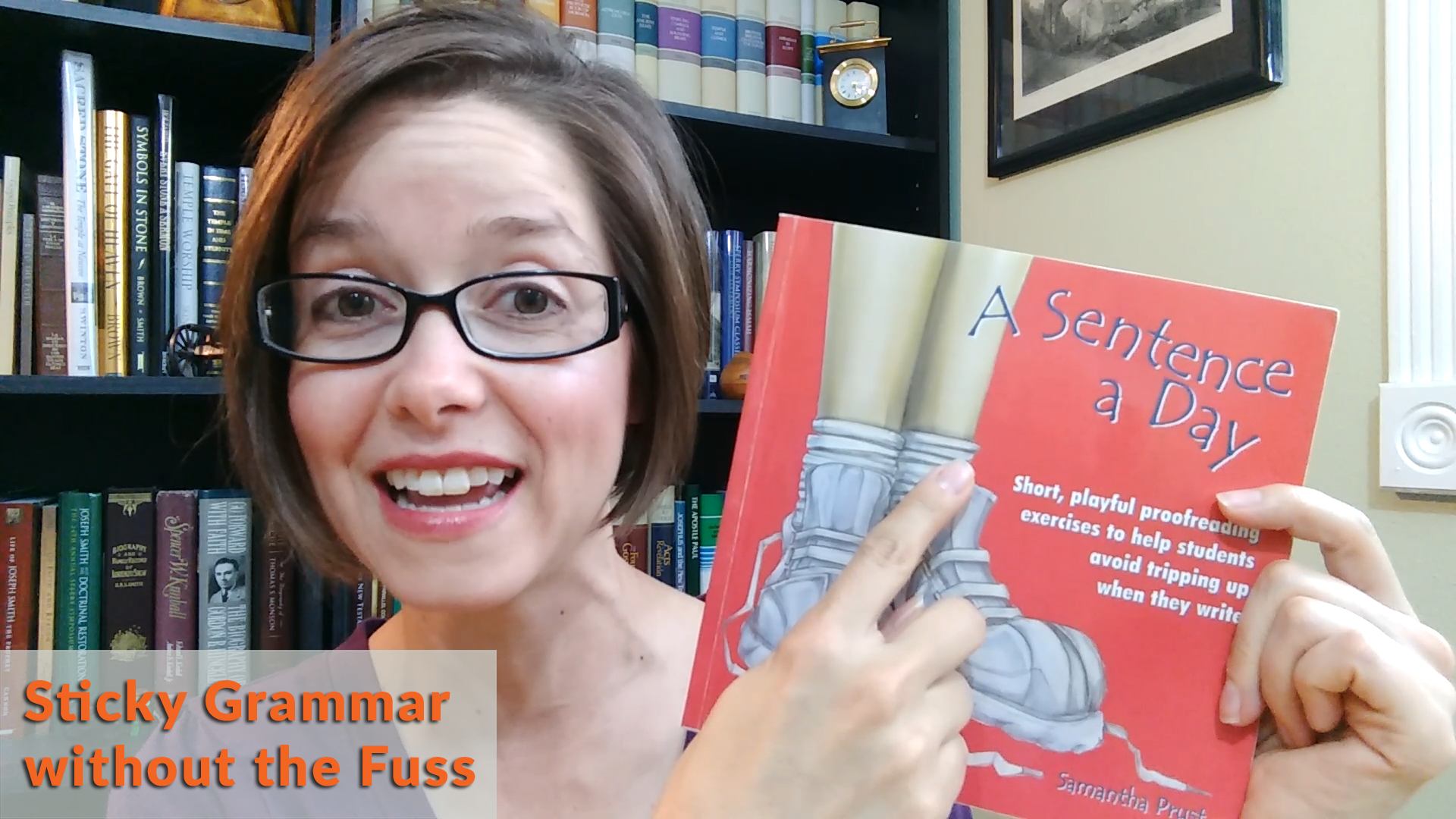At first, I figured it was just a matter of working on memorization. But that didn’t work. They would just forget.
Then I thought if we just played lots of spelling games that would help. And spelling games DID make spelling more fun -- but it didn’t necessarily make them better spellers.
Because it turns out that three of my four kids have dyslexia -- some more than others -- which meant that they were naturally going to be poor spellers. It’s just the way their brains are wired.
Fortunately, over the years we’ve done several things to help them … and they are getting better at spelling!
(If you think YOUR child might have dyslexia or really struggles with spelling, I highly recommend you check out this book about dyslexia. It’s the first book I recommend to anyone!)
Recently, I was contacted by a mom who has created a great way to help visual spellers and others struggling with spelling. She offered to let me see what she had created, and of course I was intrigued!
I love what she’s put together -- so I want to share it with you.
These See-to-Spell cards focus on teaching spelling for visual learners and story-based learners, both of which I have found to be VERY effective with my kids.
(Sadly, my kids are all a little old to use these cards now, but I would have LOVED to have them when they were younger!)
CLICK HERE to check it out for your homeschool.
Want to keep reading instead of watch? Scroll to read a transcript of the video.
If you want to check out awesome homeschool resources for other subjects, check out my review page for games and books and toys for every homeschool subject.

Ready to feel Confident and Successful as you homeschool?
Register below to watch my FREE CLASS
Confident Homeschool Secrets
7 Ways to Create a Homeschool That Works (and you LOVE!)
Transcript
Hello.
My name's ToriAnn Perkey and from my homeschool to your homeschool. Today I want to talk about how you can help your struggling speller and specifically I have a really amazing resource that I want to share with you that I think could make the difference if you have a kid who's struggling to spell. Now, first of all, there are lots of reasons why kids might struggle to spell. But one is a big one, is that your kid may have some form of dyslexia. Now, there's nothing wrong with that.
Dyslexia
There are so many successful dyslexics and dyslexia tends to run really strongly in the homeschool community because often the public school system is not designed to cater to dyslexic kids. And so there's a reason you probably brought your kid home and this might be one of the reasons for that reason. I'm going to say that dyslexia shows up in lots of different ways and you might have seen it and maybe even if your kid doesn't show all of these symptoms, it may still be a reason why they're struggling.
So you may have noticed that your kid has trouble reading or that they're flipping letters. You may have troubled that they may not have any trouble reading, but you may see that they are struggling to spell. And you may see that they are even, that your kid might be able to tell you ideas but has a really hard time putting them down on paper either because they struggle spelling or they just struggle capturing their ideas and putting them into words. So all of these things can show up in spelling is a big one. Spelling can keep kids from reading, it can keep kids from writing and it certainly can keep kids from spelling. So let's talk a little bit about how to help that.
Favorite Book
Before I do though just want you to know I have a favorite resource that goes along with dyslexia. It's one of the very first things I recommend if you are definitely thinking your kid might be dyslexic. So I'll put a link down below this video if you want to go check that out. And last week I did talk about if your kid is struggling reading, particularly if they're older, and I'll also put a link down to that video down below, but today I want to talk about a resource that was shared with me that can help your child with spelling.
See to Spell Cards
It's called See to Spell cards and they look like this. They're kind of fun because what is going on here is these cards are designed specifically for kids who are having trouble learning spelling either phonetically, you know where you teach the rules or if you just learn by seeing the word over and over and over again and practicing it, which are two very traditional ways of teaching spelling.
These cards are a different alternative way for kids who think just a little bit differently. Now spelling is hard for dyslexics because their brain is wired differently or any kid who has trouble with spelling the traditional way. It's because the brain doesn't think of words the way a brain that learns spelling in a traditional way does and that brain often is significantly more visual and more story oriented. It just has to do with how all the neurons are connected. And so this particular resource that I am sharing today is really amazing because it leverages the story-based and the visual spaced learning that often these non-traditional learners do.
So let me tell you how this works. So the cards, you get 43 cards in each set. The card on one side has the word, these are sight words. And these are often the hardest to learn how to spell. And on the front is both the word and then a picture that's drawn into the word. And then on the back, which is the side that the parent is probably going to look at, there is a story that goes along with the words. So what you're going to do is you're going to work with your kids. And you're going to say, okay, here's the word "some". And you're going to talk about how you have a guy with a sombrero, you're gonna make a big deal about how he has maracas. It's really good to use some energy and some visuals there. And then you'll notice over here there is a taco. And the story that goes along with this particular card is he wants to have some tacos and you're going to stress that word. Some tacos, you're gonna make a big deal about how this word is like this.
Here's another one "his" his snake likes to eat ice cream. We have the snake, we have the ice cream, we have the like to eat it. And here is a third example. "Done", done is a hard word to learn how to spell. The mouse is happy, the pie is done. And so we have the mouse, we have the pie and how the mouse is eating the pie. So that all goes together. So you've got the visual cue, you've got the story, and you're going to work with your kid, looking at these.
Wish I’d found this sooner
Now by the time I found this resource, my kids were old enough that it no longer, I didn't need this particular resource to help them to spell. But the reason I'm so excited about this is this is a very similar resource to how I taught my daughter, who is dyslexic, to learn her multiplication tables. Another really hard memory skill for kids. And I'm going to leave a link to that. It was story-based, it was visual based, and it radically shifted her ability to learn those multiplication tables. And she still uses that information today, which is why I feel confident that this could be a deal changer for someone who's trying to also teach their kids how to spell.
So I really wish I'd had this with her, and I'm really excited to share it with you today. So if you have a kid who's struggling to spell, I strongly recommend you check this out. I'm going to leave a link down below or up above, or where it is, wherever it is that you're seeing this video. I'm ToriAnn Perkey and I make these videos every week so that you can be a successful and confident homeschool mom.
Save for later by pinning to your favorite Pinterest board!
